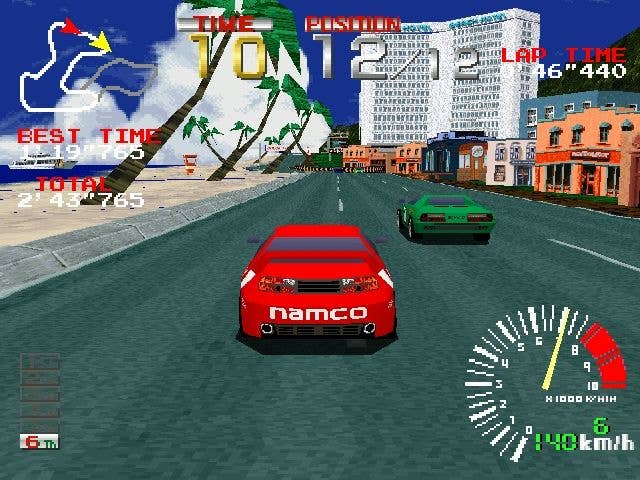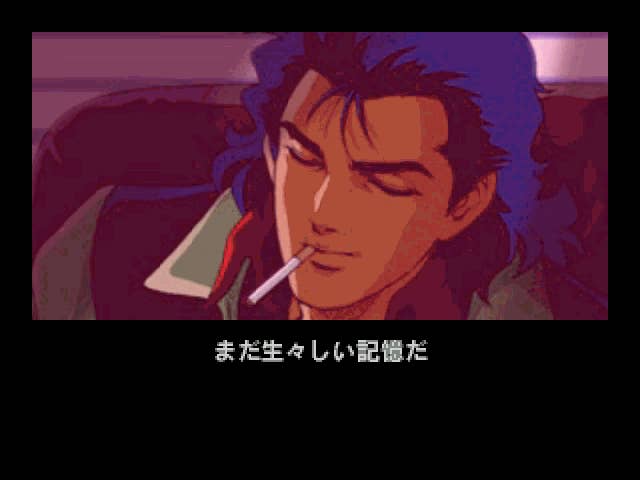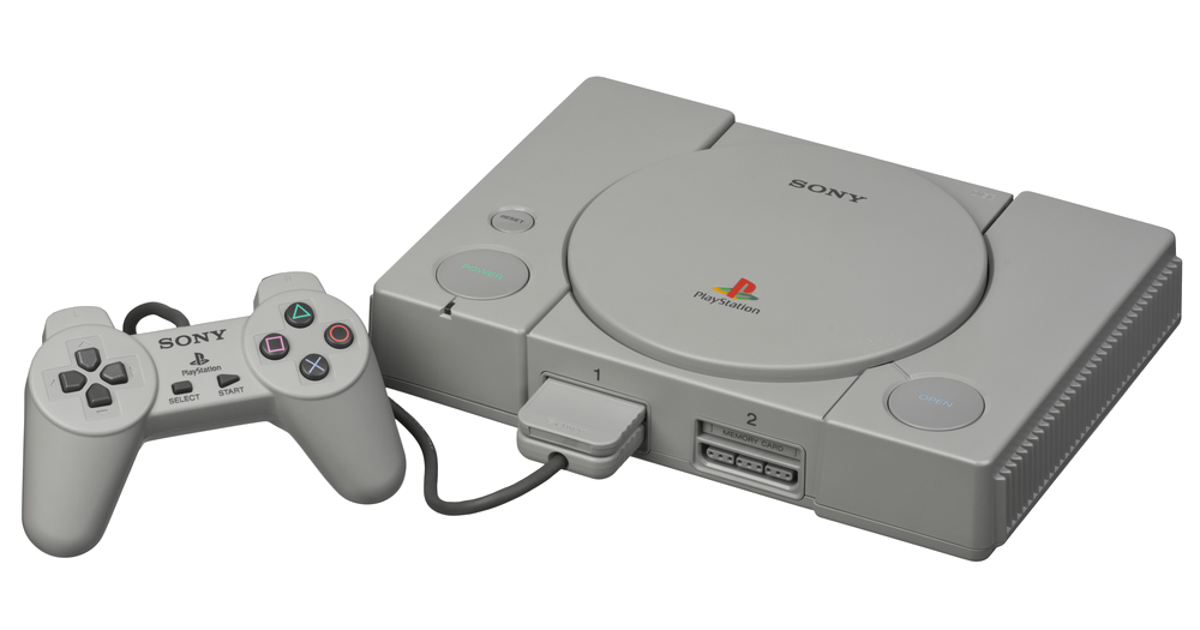Last week marked the 30th anniversary of the PlayStation’s European launch – for which Shuhei Yoshida had an intimate inside view.
Yoshida began working at Sony in the 1980s, but he joined the PlayStation group in February 1993, eventually becoming president of SIE Worldwide Studios. In his earliest days working on the console, he remembers Ken Kutaragi – then the head of the PlayStation group – inviting him to play on the original PlayStation prototype, which had been developed as a CD-ROM add-on for Nintendo’s Super NES.
“He had multiple units of the final working prototypes,” Yoshida recalls. “The system was already done and almost ready for manufacturing, and a few games were already finished. I played one game that was a space shooter, but still it was based on Super Nintendo tech, right? So it was limited.”

He likens the system to the ill-fated Sega CD add-on for the Sega Genesis, which allowed huge amounts of data to be streamed direct from the CD, but was shackled by the technical constraints of the 16-bit system. “So that kind of idea, but very limited compared to the actual PlayStation,” says Yoshida.
“It was almost helpful that Nintendo cancelled the project – otherwise the Sony team would have been stuck as part of a Nintendo system.”
At the Consumer Electronics Show in 1991, Nintendo very publicly ditched Sony as the manufacturer of their Super NES CD-ROM add-on, instead welcoming Philips as a partner. This betrayal ultimately spurred Sony on to make its own rival console.
“Nintendo created their big competition,” says Yoshida. “But competition is always healthy. Now, Xbox, Nintendo, PlayStation seem to be going in very different directions, and I think that’s great for the overall industry.”
Those early Nintendo PlayStation prototypes are now incredibly rare. One turned up for auction in 2020 and sold for $300,000, although the final total was $360,000 including the “buyer’s premium.” We also know that Kutaragi has at least one more at home. Yoshida doesn’t think Kutaragi will be in a rush to put it on eBay, though. “He’s earned quite good money already,” he laughs.
Enviable launch line-up
The US and European launches of the PlayStation came almost a year after the console’s Japanese debut. “For the Japan launch, we had only a limited number of games to launch with,” recalls Yoshida. “And of course, we had Ridge Racer – that was really popular in Japan, so that really helped carry the system.
“However, when it came out in the US and Europe in September of 1995, there were many additional great games. So all the games made in Japan […] plus European games from Psygnosis, [and America had] this range of sports games. So the lineup of games was much stronger.
“The main competition we had launching in Japan, even in the second year, was the Sega Saturn. But because of the higher cost of goods – the Sega Saturn had two CPUs and all these additional components – we were able to price PlayStation lower in the US, like a hundred dollars lower. That was a killer.
“We had much less competition and we had a better line-up of games. So I remember both the US and European launches went very well.”

But the European market was a very different beast from those in the US or Japan. “It’s very funny that when we had a quarterly top management meeting, with everybody gathered in the headquarters in Japan, [Sony Computer Entertainment Europe president] Chris Deering was always saying that, ‘Well, the US market is so simple, you have only one country, but we have so many countries, and very different distribution we have to deal with,'” says Yoshida.
“It was really fun to watch the competition between the US team and the European team. They were always neck and neck in terms of install base.”
But what about the Japanese parent company? How much control did Sony exert over its US and European arms?
“In terms of control, of course Ken Kutaragi was a really strong manager, almost dictating,” says Yoshida. “However, he had to let the US and European management handle the local regional marketing messaging. Because it was not like now with the internet: so any news coming out of any region is immediately shared globally.
“The company now has just one message, because otherwise people get really confused. But when we launched in the 1990s, what each region was doing in terms of marketing campaigns or taglines could be very different. But that was okay. Each region’s management considered the nature of the users and culture for that region, and came up with the right message for each region.”
Do not underestimate the power of PlayStation
Thirty years on, it’s difficult to believe that the blocky, barely textured graphics of the original PlayStation were once on the absolute cutting edge of technology.
“When you look at the PS1 game graphics now, [you have to wonder] why we were so excited about this,” says Yoshida. “But in our brains, it was unbelievable.”
The step up from the 2D 16-bit consoles into the 3D worlds offered by PlayStation was mind-blowing, especially with the vast amounts of data storage offered by CDs (which offered around 660 MB of storage, compared with around 4 MB for a Super NES cartridge).
Perhaps the most astonishing thing to consider was just how far we had come in such a short time. The European PlayStation launch was just 18 years after the debut of the Atari VCS, which looked positively prehistoric by comparison.
If we look back 18 years from today, it takes us to just after the launches of the Xbox 360 and PS3 – consoles that are functionally similar to those we have now. Graphics have improved down the decades, but it’s unlikely we will ever again see the kind of rapid, revolutionary advance players witnessed in the early PlayStation years.
All in all, that 1995 launch went almost perfectly: a textbook exercise in how to catapult a new product into as many homes as possible. “We had the hardware, we had a good line-up of games, we had a good price, and the marketing campaign was, I think, appealing to [a wide] audience,” remembers Yoshida.
“We tried to make games […] that adults could enjoy. And especially the European team did really cool things with nightclubs and popular music. They made the brand look cool.”

If he could go back now, there’s only one thing he would change: he wishes more Japanese titles could have made it over to Europe and the US.
“Because of limited retail space for both the European and the US teams, they didn’t approve many Japanese games. So some Japanese games, especially from third party companies, didn’t see release in the US and European regions.” This decision ensured cult status for many such titles like Konami’s Policenauts and Sammy’s Deep Freeze, which had to be personally imported.
For all its glory, the 3D revolution led to some lamentable casualties: in North America, 2D titles like Panzer Bandit and Mega Man X3 were passed over, such was the fervour for three dimensions. “I remember 2D games were not approved to be released in the US,” says Yoshida, “or at least there were impressions like that.”
Thankfully, the world learned to love 2D games again, as proved by the enormous sales of Hollow Knight: Silksong just last month. But for a little while back in the 1990s, all anyone cared about was polygons – and who could blame them when the PlayStation offered such a dramatic, generation-defining technological leap from what had gone before?
